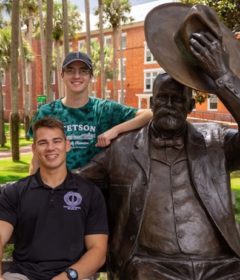New exhibit at Gillespie Museum features rare specimens
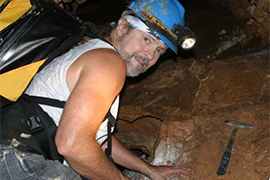
In conjunction with the opening of “Florida Calcite: Rare Specimens of a Common Mineral” exhibit, which runs from Feb. 21-May 3, the Gillespie Museum will host three of the state’s renowned geologists on Stetson University’s campus during a Science Café on Thursday, Feb. 21, 7-8:15 p.m.
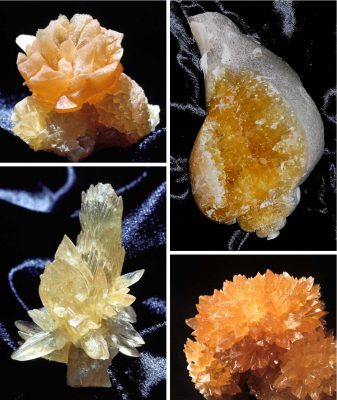
This new exhibit features the personal collection of Thomas Scott, Ph.D., P.G., emeritus assistant state geologist of the Florida Geological Survey, and provides the university’s faculty, staff, students and the community with a unique opportunity to view uncommon calcite specimens, which is Florida’s unofficial mineral.
During this opening-night reception and discussion, Scott will be joined by Harley Means, assistant state geologist, FGS, and Sam Upchurch, vice president and senior principal geologist of the SDII Global Corporation and former University of South Florida professor and chairman of the geology department. The conversation will focus on digs, finds and decades of research in Florida’s karst terrains.
Cultural Credit is available for Stetson students.
Scott has collected from quarries, underwater caves and limestone seams during his four decades as a professional geologist. From cave pearls to crystal-filled fossils, these natural formations offer a rare perspective of the state’s geologic history. The exhibit includes 35 specimens selected for its scientific significance and pure beauty from hundreds of minerals in Scott’s collection.
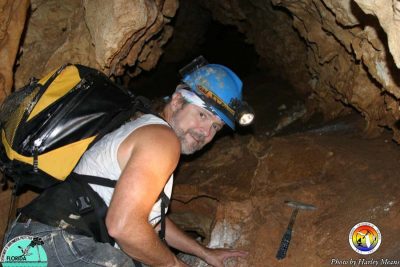
As a component of the limestone and dolostone substrate of the Florida platform, calcite (CaC03) is an abundant mineral. Yet the crystal formations of minerals, including calcite, are rare. Only under ideal conditions, as in cavities or caves where the necessary elements are present in groundwater, can minerals grow and form perfect crystals.
“The adrenaline rush of finding a crystal-filled cavity, a speleothem-filled cave or crystal-filled fossils is a fantastic feeling,” said Scott. “The calcite that geologists were finding during digs had never been seen by humans before they were exposed by mining activities, so in many cases I was the first person to view these spectacular works of nature.”
The exhibit showcases Florida calcite’s beauty and diversity and the museum’s Science Café provides an opportunity to obtain firsthand knowledge from geologists.
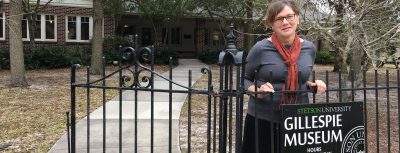
“This is the first public exhibit of Dr. Scott’s collection and is a unique opportunity to see these beautiful and scientifically fascinating specimens,” explained Karen Cole, Ph.D., director of the Gillespie Museum. “In addition to the calcite exhibit, the evening presentation with three of our state’s most respected geologists is an event as rare as the specimens it features.”
The Gillespie Museum is located at 234 E. Michigan Ave. in DeLand. For more information, call 386.822.7330 or visit www2.stetson.edu/gillespie.
-Sandra Carr



